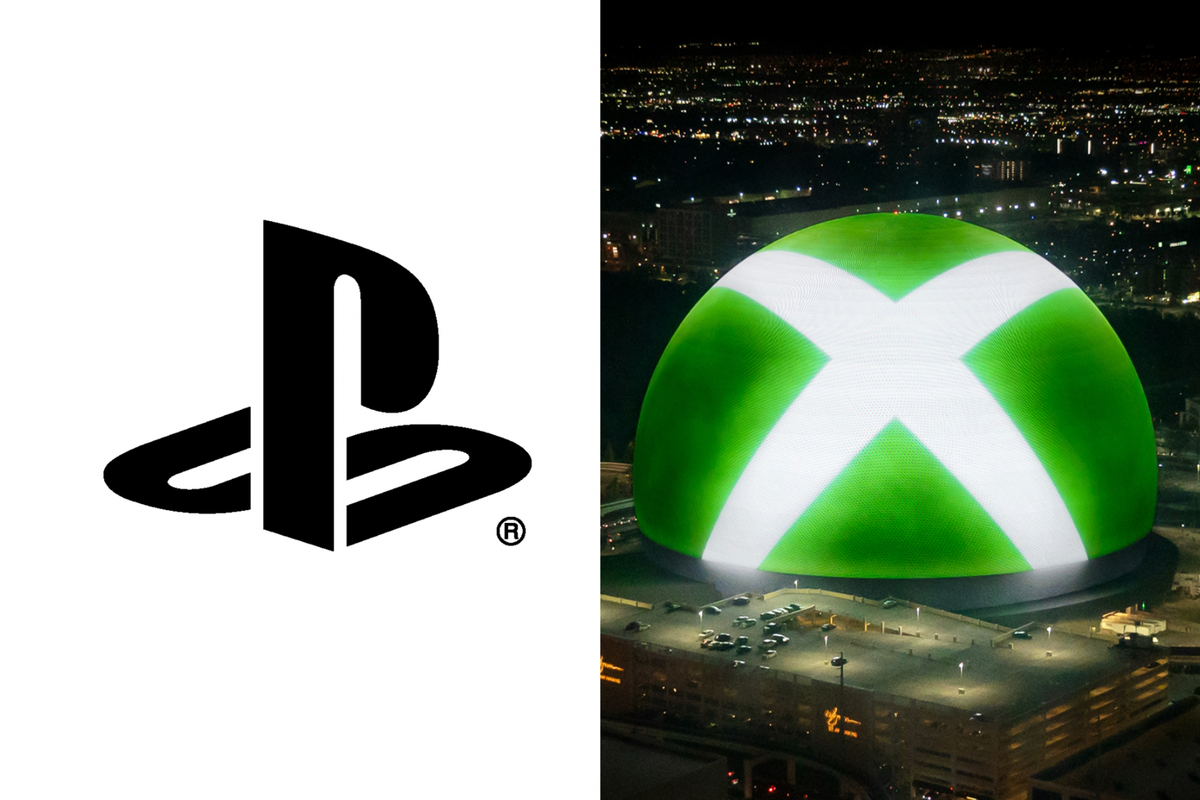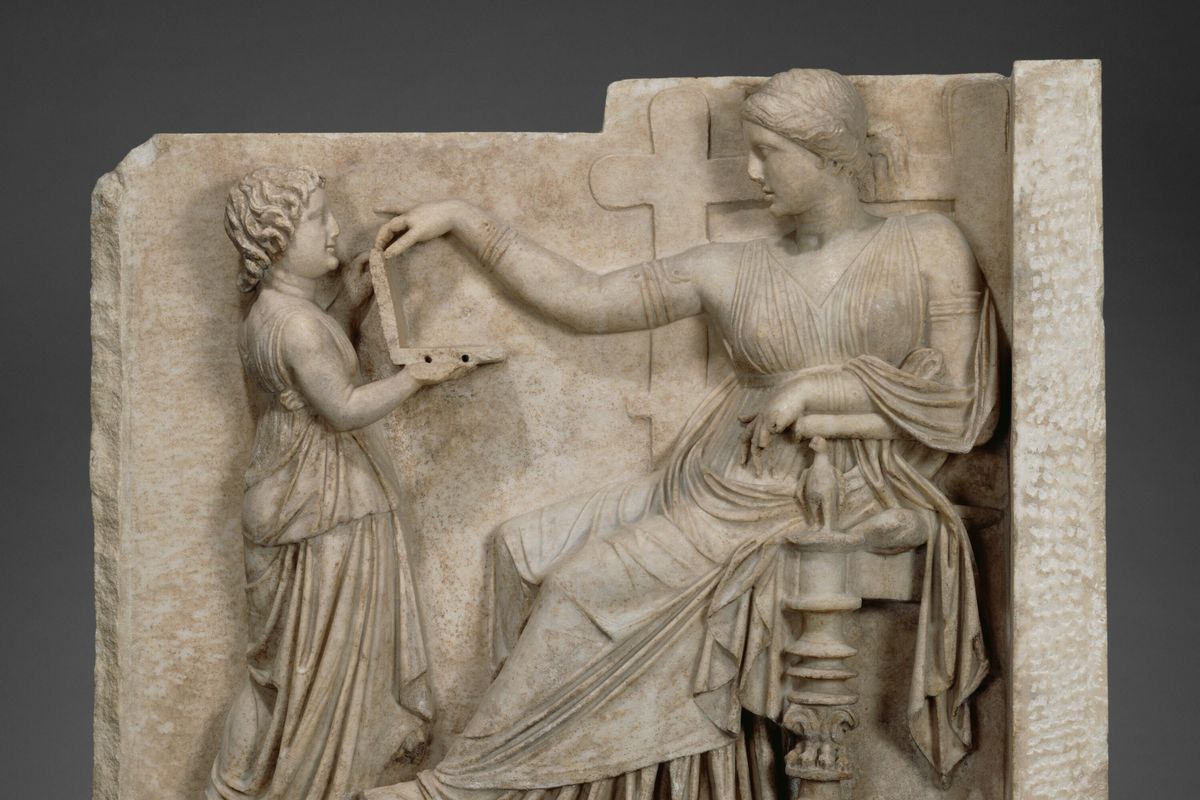News
Joe Vesey-Byrne
Jun 28, 2017

Picture:
Getty
In the run up to election day, senior figures in the Conservative Party including May, Amber Rudd, and Damian Green repeatedly used the line ‘There is no magic money tree’, in order to discredit the spending commitments made in Labour’s manifesto.
Then when the Tories failed to win a majority, they were forced to look around for a deal with another party that would give them the necessary 326 seats in the House of Commons to pass legislation. On Monday, the Conservatives finalised a deal with the Democratic Unionist Party. The terms of the ‘confidence and supply agreement’, made between the two parties, stipulated that the DUP’s 10 MPs in the House of Commons would support the Conservatives’ 317 on important legislation regarding Brexit, finance, and security, and also on confidence motions.
In addition, the sum of £1.5 billion was to be spent by the government on healthcare, education, and infrastructure in Northern Ireland. £910 million will be spent by 2019, when this parliament ends and the deal with the DUP also lapses. The remaining £90m will be spent over the following three years.
£500 million of this money had already been allocated, but £1bn of it is ‘new’, in that it was money which had not previously been set aside for Northern Ireland.
Moreover the price is unlikely to end here, according to a former senior civil servant at HM Treasury.
Critics of the government have asked where the money has come from, if there was ‘no magic money tree’ to pay for things such as the NHS.
In particular, people are citing and exchange between Theresa May and an NHS nurse, which occurred on 3 June, when the Prime Minister appeared on a special election episode of the BBC's Question Time.
Even the Money Tree broke its silence on the issue.
The nurse of 26 years, Victoria Davey, stated that her payslip in 2017 was the same as in 2009, due to wage freezes in the public sector.
Working as a nurse for 26 years, do the Tories expect our support in the light of another 1 per cent pay increase?
In response, May said:
We have had to take some hard choices across the public sector in relation to public sector pay restraint. We did that because of the decisions we had to take to bring public spending under control because it wasn't under control under the last Labour government.
I'm being honest with you in terms of saying that we will put more money into the NHS, but there isn't a magic money tree that we can shake that suddenly provides for everything that people want.
Where is the cash coming from?
Analysis by Channel 4’s FactCheck, states it is indeed ‘additional’ funding, meaning it will not be taken from the budgets of other departments.
HM Treasury told FactCheck:
“These measures are affordable within the government’s fiscal rules, including getting the structural deficit below two per cent in 2020/21.”
FactCheck also stated that in order to avoid higher borrowing or cutting departmental budgets, the Treasury will likely dip into its emergency reserves.
Labour’s plan to spend £4bn lifting the wage freeze across the public sector, including the NHS. This was to be funded through changes to the tax plan and other measures, but not by using the emergency reserves.
More: If the Tories had given every non-Tory voter £50, it would've cost £70m less than the DUP deal
Top 100
The Conversation (0)













